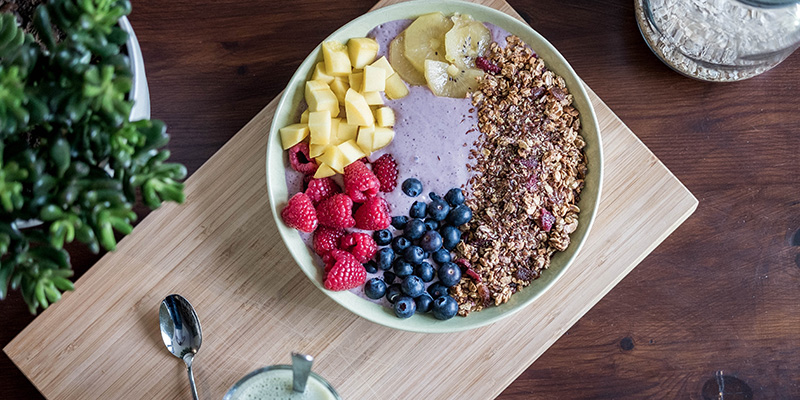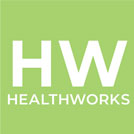Do you find that your menstrual cycle gets the best of you sometimes? (Or maybe more than sometimes.) It can be hard to manage good self-care habits when we feel extra doses of fatigue, irritability, gastrointestinal upset, mood changes, or physical pain. Here are a few nutritional guidelines to follow to help maximize recovery.
5 Nutritional Guidelines to Help Maximize PMS Recovery
1) Get your calcium and vitamin D.
Research in women shows that higher intakes of calcium and vitamin D are associated with fewer PMS symptoms. Results were strongest in those who got calcium in their diet, rather than a supplement. The daily recommendation for calcium is 1,000 mg (1,200 mg for adults over 50) which can be achieved with at least 3 servings of calcium-rich foods a day, such as low-fat milk, cheese, yogurt, fortified juice, or soy milk.
Vitamin D is harder to achieve with diet alone (think fortified products and fatty fish) because we produce a lot of our vitamin D through UV rays. In the winter many of us are vitamin D deficient – check with your doctor and consider a supplement!
2) Don’t skip breakfast or other meals.
Hormone changes often have an effect on appetite, leading to cravings or excess hunger. To avoid becoming overly hungry, eat regular meals and snacks throughout the day. Skipping meals can lead to irritability and mood shifts, as well as a likelihood of eating beyond what we would normally eat in a meal. If you don’t feel hungry due to other symptoms, a good rule is to not go more than 4-5 hours without eating, aiming for 3 meals and 1-2 snacks per day.

3) Include whole grains, lean protein, fruits, and vegetables daily.
Getting the appropriate balance of nutrient-dense foods will make sure you have the nutrients your body needs to manage PMS symptoms. Enjoy plenty of colorful, fiber-packed fruits and vegetables, as well as whole grains, such as brown rice, oatmeal, and rye bread. Grains, in particular, have been shown to be important for PMS symptoms: recent research found that women with higher intakes of thiamine (vitamin B-1) and riboflavin (vitamin B-2) had a significantly lower risk of PMS. This was true for women who got B-vitamins from food, but not from supplements.
4) Don’t overload on sugar.
Our bodies typically crave sugar due to shifting levels of hormones, which can also decrease levels of the chemical serotonin in the brain. These changes may affect a woman’s mood and trigger PMS symptoms. In order to reduce the amount of sugar you consume in a day, make sure you reach the recommended amount of whole grains your brain needs to support serotonin and energy levels throughout the day.
5) Check in with other lifestyle habits.
Maintaining a regular physical activity routine and stress management, in particular, are particularly important in managing PMS symptoms. If you have a more intense exercise program, consider ways to dial back around that time of the month in order to continue to engage in exercise without exacerbating symptoms. Seek out methods of stress management that are comfortable to you, such as breathing exercises, guided meditation, yoga, art projects, or journaling. And of course, if you are feeling more tired – then allow your body to rest, recover, and sleep more!








